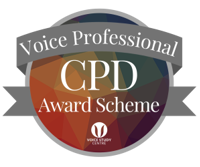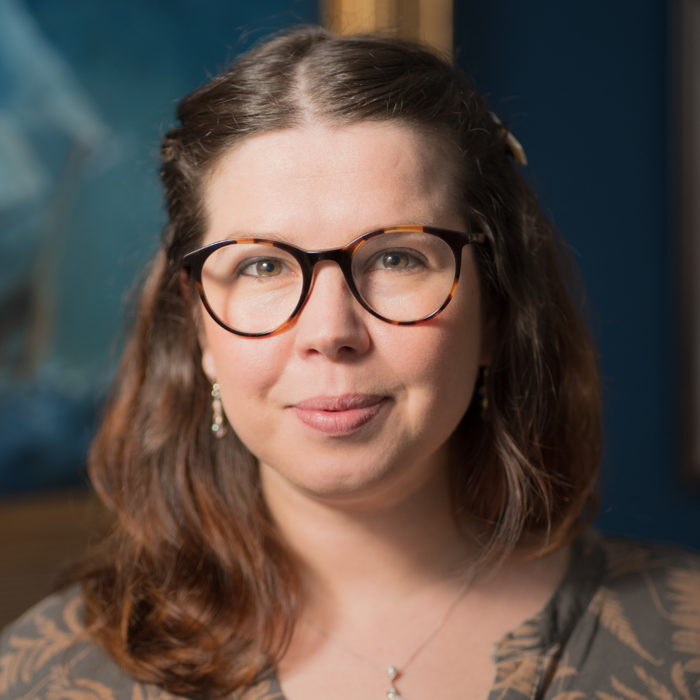Inhalation hazards and the performing vocalist
Tuesday 10th December 2024, 5:00 PM - 7:00 PM (London Time)
Vocal production requires inhalation. But in some performance venues there are chemicals in the air we inhale. Examples include the glycols, glycerine or mineral oil mists in special effects such as haze, fog and smoke. There also is combustion smoke and metal fumes from pyrotechnics, bullet hits (squibs), fire bars and cold spark gerbs. Or there are particles from dust effects, artificial snow, and Holi powders.
While we rarely have to deal with tobacco smoke anymore, there is marijuana and vaping smoke in many locations. In fact, some new information on the hazards of haze fog and smoke chemicals are from studies of vaping since the same chemicals are used in both.
Then there are air pollutants in the dressing and make up rooms including from hair sprays, from powders including talc, from air brush makeups, solvents from lotions, and more.
Next, there are air pollutants from some of the venues themselves. Old buildings may contain lead paint, asbestos sources, or mould. New buildings often contain plastic and resin materials and polymer paints that off-gas chemicals. The ventilation systems in both old and new venues are often less than helpful.
And we can’t ignore the airborne particles that spread infectious diseases which are changing the way we plan events, design ventilation systems, and select air purifiers.
In this course we will look at the respiratory system as a structure that is potentially vulnerable to many types of air pollutants. We will cover the physics needed to understand how particles, gases, and vapours behave in the air. We will review some of the studies of the chemicals encountered in performance venues and view short videos showing typical exposures. Lastly, we will cover strategies to protect ourselves and our voices both on and off the job.
🏷️ Price £30 (UK VAT inclusive)
🎥 Recording automatically sent to all who book (even if you cannot attend live)
▶️ Rewatch as many times as you like
📜 Certificate of attendance available
Monona Rossol
Monona Rossol was born into a Vaudeville family, began working as a professional entertainer at age three, and continues to perform occasionally to this day. She has a BS in Chemistry with a minor in Math, an MS and MFA with majors in art and a minor in music.

Attend this course for as little as £22 as part of the Voice Professional Training CPD Award Scheme.
Learn MoreSorry, this is an archived short course...
We have plenty of upcoming short courses coming soon. See details of some of them below or look at the full list of short courses.

Monday 12th January 2026
12:00 PM - 1:30 PM
Tuesday 13th January 2026
12:00 PM - 1:30 PM
Wednesday 14th January 2026
12:00 PM - 1:30 PM
Thursday 15th January 2026
12:00 PM - 1:30 PM
Tuesday 20th January 2026
12:00 PM - 1:30 PM
Wednesday 21st January 2026
12:00 PM - 1:30 PM
(London Time)
Level One Certificate in Accents and Phonetics

Louisa Morgan
Are you a voice, acting, or singing coach looking to expand your expertise and add accents and phonetics to your teaching repertoire? This 6-session course covers essential topics such as articulatory, acoustic, and auditory phonetics, the International Phonetic Alphabet (IPA), and ethical approaches to accent and dialect coaching. By the end of this course, you'll be equipped with the knowledge and practical skills to start to bring phonetics and accent coaching into your coaching and provide more comprehensive support to your clients.


Monday 12th January 2026
2:00 PM - 4:00 PM
(London Time)
Emerging and Developing Voice: Singing and Speech

Karen Brunssen
How does the singing voice influence the speaking voice? How does the speaking voice influence the singing voice? When is there a disparate relationship between the two? Can they help each other? Can one harm the other? How can we use them positively in the voice studio. During this short course we will consider the voice as we sing and as we speak. The acquisition of language is a very interesting journey from birth through old age. We will broach the topics of “lexical” which refers to learning words, and “semantic” which is how we use words in the context of language.


Monday 12th January 2026
5:00 PM - 7:00 PM
(London Time)
Perfectionism: A Theoretical & Clinical Overview

Dr David Juncos
What exactly is meant when we label ourselves or someone we know a perfectionist? It is a good to be this way? Or are you setting yourself up for failure? Can a performance psychologist or a other performance-related practitioner help you if you’re a perfectionist? In this short course, you will learn how perfectionism is defined according to popular models in clinical psychology, and whether it is maladaptive or adaptive. You will also learn how perfectionism impacts on music performance anxiety, in addition to other areas of importance for performing musicians, like work-related stress and burnout, and procrastination with one’s practice.
